Nutrena SafeChoice Original Horse Feed, 50 lb.
Nutritionally balanced for growing and mature horses alike, the Nutrena SafeChoice Original Horse Feed helps make feeding a wide range of horses more convenient without sacrificing nutritional quality or peace of mind. The original horse feed is ideal for horses with digestive disturbances. This horse feed also features guaranteed amino acid levels to support muscle maintenance and development.
Nutritionally balanced for growing and mature horses alike, the Nutrena SafeChoice Original Horse Feed helps make feeding a wide range of horses more convenient without sacrificing nutritional quality or peace of mind. The original horse feed is ideal for horses with digestive disturbances. This horse feed also features guaranteed amino acid levels to support muscle maintenance and development.
- Controlled starch formula is ideal for all life stages
- Horse feed is ideal for horses with digestive disturbances
- Includes Topline Balance, Nutrena’s unique approach to topline health
- Guaranteed amino acid levels support muscle maintenance and development
- Added prebiotics and probiotics support digestive health and nutrient absorption
- Organic trace minerals help support immune system strength, hoof integrity and hair coat quality
- Highly palatable pellet promotes consistent intake and prevents sorting
- Comes in a 50 lb. horse feed package
- Nutritionally balanced for growing and mature horses alike
- Helps make feeding a wide range of horses more convenient without sacrificing nutritional quality or peace of mind
SATISFACTION GUARANTEED If you aren’t completely satisfied with this product, please return it to your retailer with receipt within 30 days of purchase for a full refund.
Additional information
| Food Form | Pellets |
|---|---|
| Horse Life Stage | All Life Stages |
| Packaged Height | 5 in. |
| Packaged Length | 34 in. |
| Packaged Weight | 50 lb. |
| Packaged Width | 16 in. |
| Product Height | 5 in. |
| Product Length | 34 in. |
| Product Weight | 50 lb. |
| Product Width | 16 in. |
| Manufacturer Part Number | 1316 |

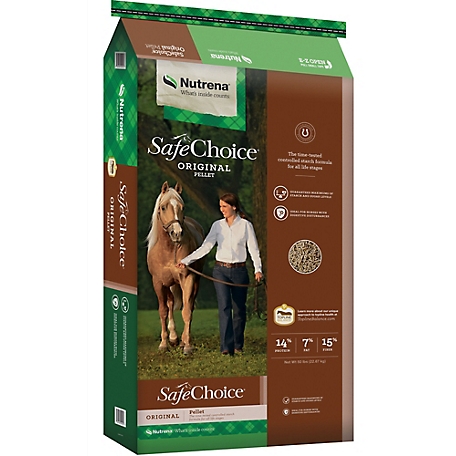
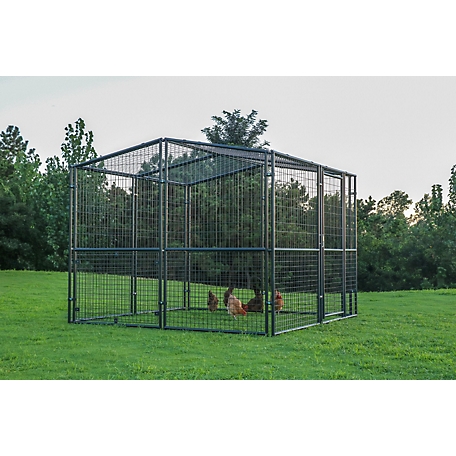
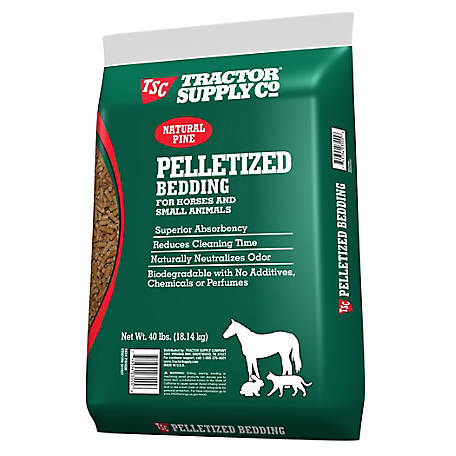
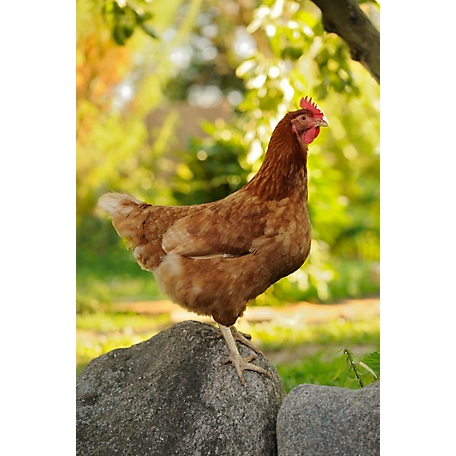

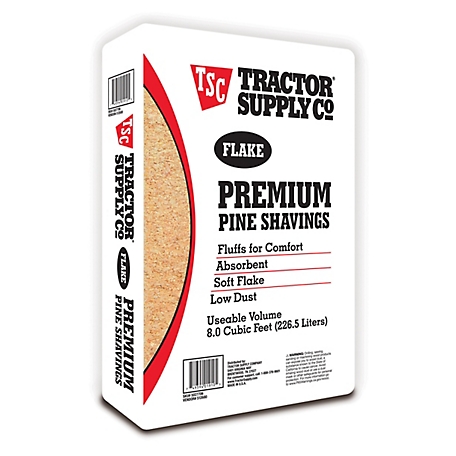
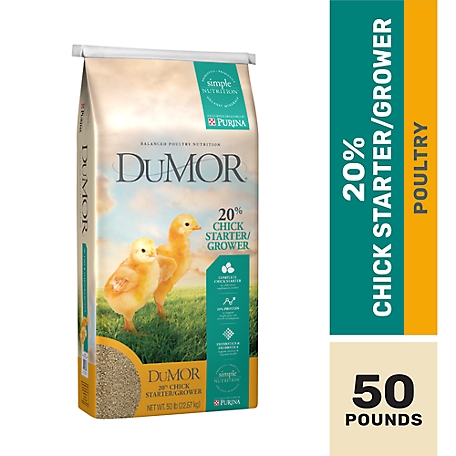
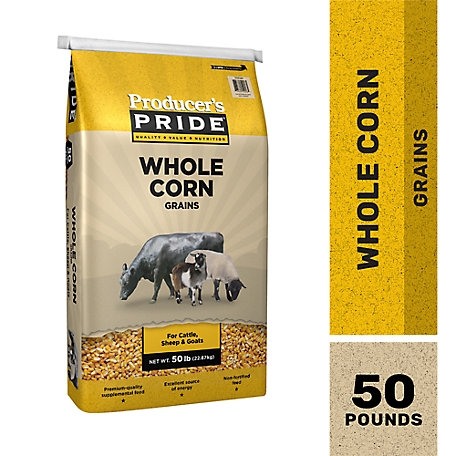

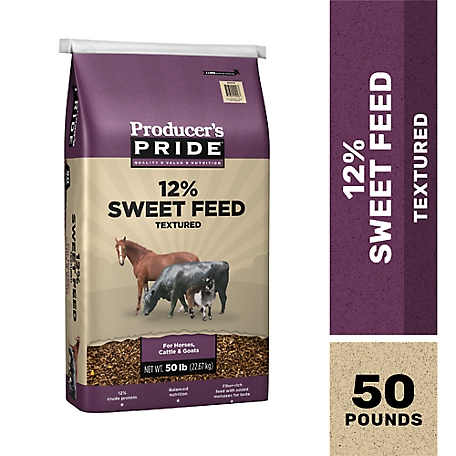
by Lele
great feed for horses with laminitis
by Lisa
High quality grain that is easily digested due to the solubility when it is in the horses mouth. As well as having added minerals and vitamins to help the horses topline.
by Alyson
This is a great option for easy keepers. We feed to our TWH and Shetland. Both are healthy, wonderful coats and enjoy munching on this grain.
by Lexa
When I got my thoroughbred I was advised to feed him a high fat feed to help keep his weight on. I tried a variety of feeds—switching to Nutrena senior then original due to availability and overall, the % of fat was similar. My horse has been able to maintain his weight well, and his cost looks healthy and shines.